1. Understanding Injection Molded Parts
1.1 The Basics of Injection Molding
Injection molding is a crucial manufacturing process for producing parts in various industries. The technique involves injecting molten material into a mold to create desired shapes and features. The materials most commonly used in injection molding are thermoplastics and thermosets, which can be melted down and reformed multiple times. The injection molded parts produced are characterized by their accuracy, efficiency, and ability to yield high volumes of product consistently.
1.2 Key Benefits of Using Injection Molded Parts
The advantages of using injection molded parts extend across many aspects of production. First and foremost is the cost-effectiveness; when producing large quantities, the cost per unit drops significantly. Moreover, injection molding offers exceptional precision, ensuring that parts fit perfectly in machinery or assembly lines. This method also allows for complex geometries and intricate designs, which traditional manufacturing processes may struggle to achieve. Additional benefits include:
- Speed: The process can be automated for rapid production cycles.
- Material Versatility: A wide array of materials can be used, including plastics, metals, and glass.
- Low Waste: The process minimizes excess material waste, an essential point for any environmentally conscious operation.
1.3 Common Materials Used in Injection Molding
Different materials can be utilized in injection molding, each offering unique attributes and suitable applications. Some of the most common materials include:
- Polypropylene (PP): Known for its durability and chemical resistance, PP is widely used in packaging, automotive parts, and consumer goods.
- Polyethylene (PE): Available in various types (HDPE, LDPE), it is flexible, resistant to moisture, and utilized in containers and piping.
- Polystyrene (PS): Often found in disposable cutlery and containers, PS is lightweight and easy to mold.
- Polyvinyl Chloride (PVC): With excellent chemical and weather resistance, it is commonly used in pipes, medical devices, and automotive applications.
2. The Injection Molding Process Explained
2.1 Step-by-Step Overview of the Process
The injection molding process can be broken down into several critical steps:
- Material Preparation: The raw plastic pellets are first heated to the melting point in a barrel, forming a viscous liquid.
- Injection: The molten material is then forcibly injected into a meticulously designed mold under pressure.
- Cooling: After the material fills the mold, it is allowed to cool to solidify into the desired shape.
- Ejection: Once solidified, the mold opens and ejects the finished part, ready for quality control and further processing.
2.2 The Importance of Mold Design
Mold design plays a pivotal role in the overall success of the injection molding process. A well-engineered mold ensures uniformity, minimizes defects, and maximizes production efficiency. Key considerations during mold design include:
- Draft Angles: Incorporating draft angles allows parts to eject smoothly from the mold, reducing wear over time.
- Ventilation: Proper venting minimizes gas entrapment within the mold, preventing defects like burns or voids in the final product.
- Cooling Channels: Strategically placed cooling channels enhance cooling efficiency, leading to faster cycle times and improved part quality.
2.3 Innovations in Injection Molding Technology
The field of injection molding is continuously evolving, with ongoing innovations providing significant benefits. Automation and robotics have introduced efficiencies by minimizing human error and improving speed. Additionally, advancements in materials, such as bio-based plastics, are gaining traction, making the process more sustainable. Techniques like multi-material injection molding allow for combining different materials, enhancing the functionality and aesthetic of parts.
3. Applications of Injection Molded Parts
3.1 Industries Utilizing Injection Molded Parts
Injection molded parts are integral to numerous industries, including:
- Automotive: Dashboard components, bumpers, and interior parts.
- Consumer Electronics: Housings for televisions, smartphones, and other gadgets.
- Medical Devices: Syringes, inhalers, and other precision medical tools.
- Packaging: Everything from food containers to plastic bags.
3.2 Everyday Products Made from Injection Molding
Many common household items are produced through injection molding, showcasing its versatility. Examples include:
- Plastic bottles
- Children’s toys like LEGOs
- Kitchenware such as measuring cups
- Components of furniture, including chair bases and storage bins
3.3 Custom Solutions for Unique Applications
Injection molding is also invaluable for producing custom solutions tailored to specific needs, such as:
- Prototyping: Rapid prototyping allows companies to design and test new products quickly.
- Small Batch Production: Even small runs of parts can be economically feasible, especially when using aluminum molds.
- Engineered Solutions: Custom molded parts can integrate different functionalities, such as snap fits or guided assemblies.
4. Challenges in Injection Molding
4.1 Common Manufacturing Issues and Solutions
While injection molding is efficient, challenges can arise during production. Common issues include:
- Molding Defects: Problems like warping or sink marks can occur due to incorrect temperature or cooling rates. Solutions involve optimizing cooling parameters and ensuring balanced filling of the mold.
- Material Shortages: Fluctuations in raw material availability can impact timelines. Manufacturers should establish relationships with multiple suppliers to mitigate risks.
- Machine Downtime: Scheduled maintenance is critical to preventing breakdowns that can halt production. Implementing predictive maintenance strategies can enhance machine reliability.
4.2 Quality Control in Injection Molding
Quality assurance is essential in maintaining the integrity of injection molded parts. Strategies include:
- In-Process Monitoring: Using sensors and data analytics during manufacturing can identify issues before they lead to defects.
- Visual Inspections: Regular inspections of parts can ensure they meet specifications.
- Testing: Subjecting parts to stress tests or environmental simulations helps ensure they meet performance and safety standards.
4.3 Environmental Considerations and Sustainable Practices
As sustainability becomes a pressing concern across industries, injection molding practices are evolving to lessen their environmental impact. Key strategies include:
- Using Recycled Materials: Incorporating recycled plastics can reduce the environmental footprint of production.
- Energy-Efficient Machinery: Investing in energy-efficient injection molding machines can significantly lower electricity consumption.
- Waste Reduction: Implementing practices like regrinding scrap material helps minimize wastage.
5. Future Trends in Injection Molded Parts
5.1 Emerging Technologies Shaping the Industry
The future of injection molding is being influenced by several emerging technologies, including:
- 3D Printing: While traditionally separate, 3D printing is finding its place in creating molds, enabling rapid prototyping and reduced costs.
- Smart Manufacturing: The integration of IoT technology is paving the way for smarter, more efficient production lines.
- Additive Manufacturing: Hybrid systems combining traditional molding with additive manufacturing for complex designs are gaining traction.
5.2 The Role of Automation in Injection Molding
Automation continues to revolutionize the injection molding landscape. Automated processes enhance precision, reduce labor costs, and increase speed. Furthermore, robots can handle the insertion of components, packing, and quality inspections, leading to a more seamless and integrated production environment.
5.3 Predicting the Future of Injection Molded Products
As industries evolve, so do their demands for injection molded products. The future will likely see:
- Advanced Materials: The use of lighter, stronger materials will enhance product performance and sustainability.
- Customization: The demand for customizable products will prompt innovations in rapid production techniques.
- Globalization of Supply Chains: Producers will seek to optimize global supply chains, leveraging advances in logistics and inventory management to meet demand.
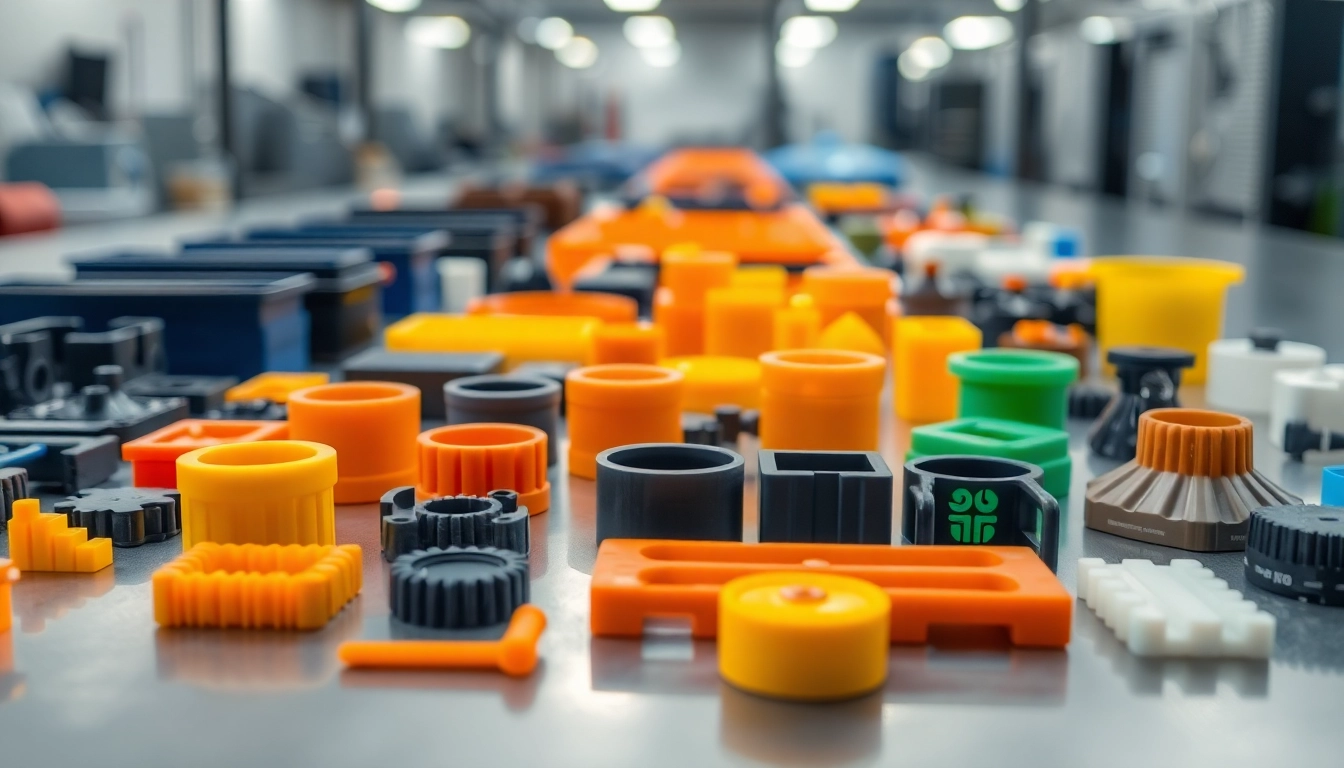
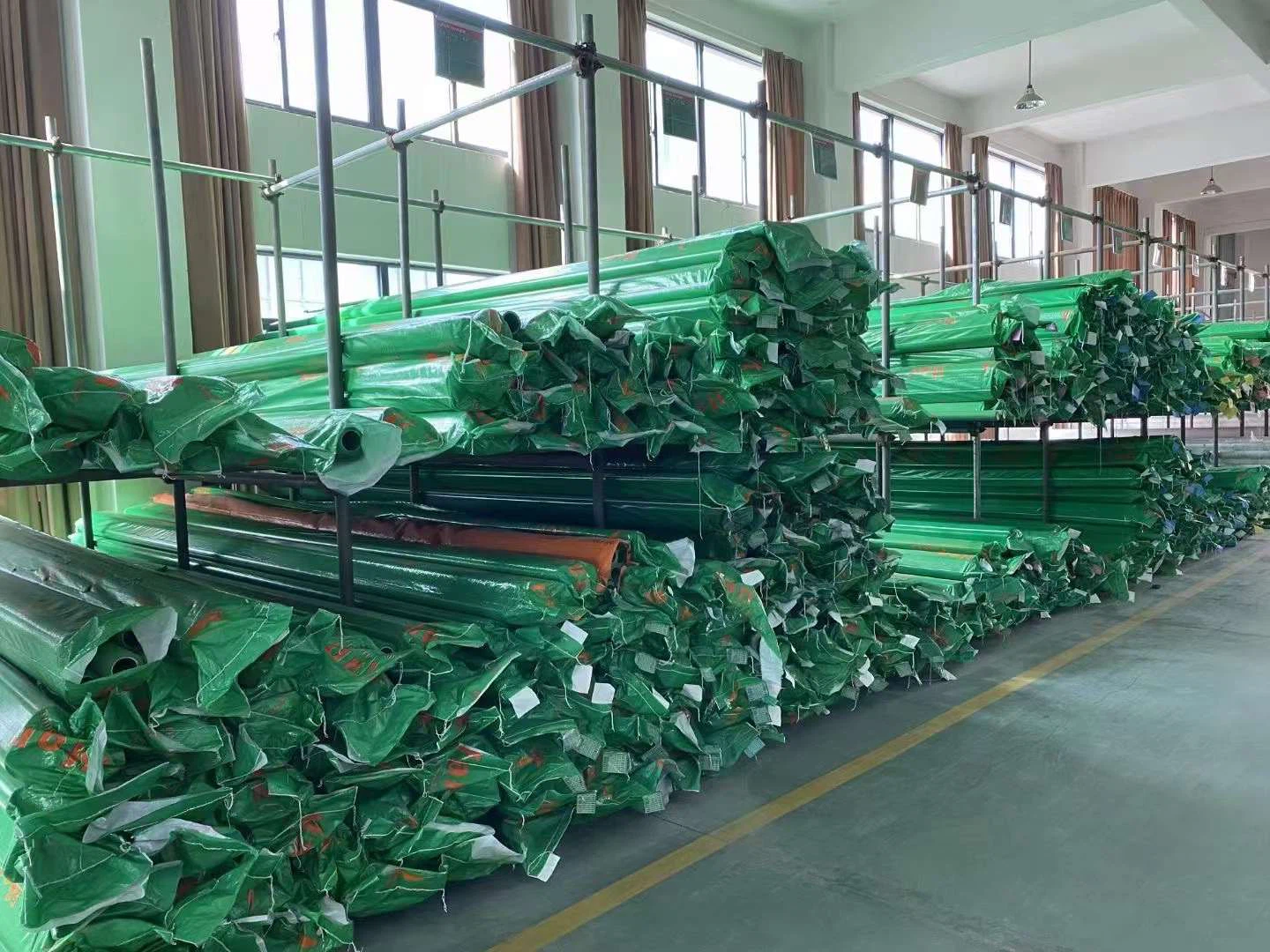
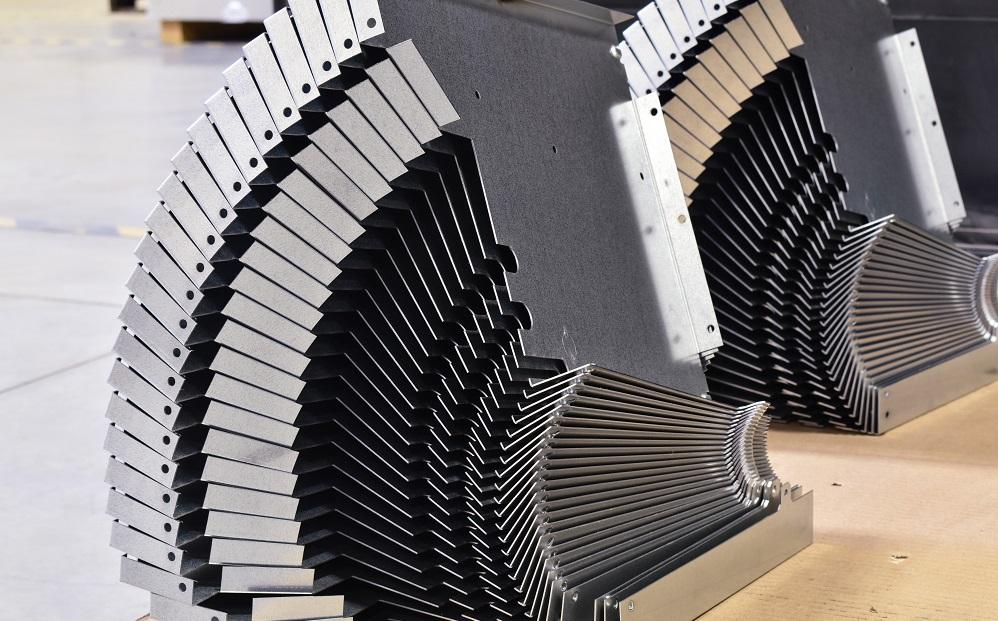
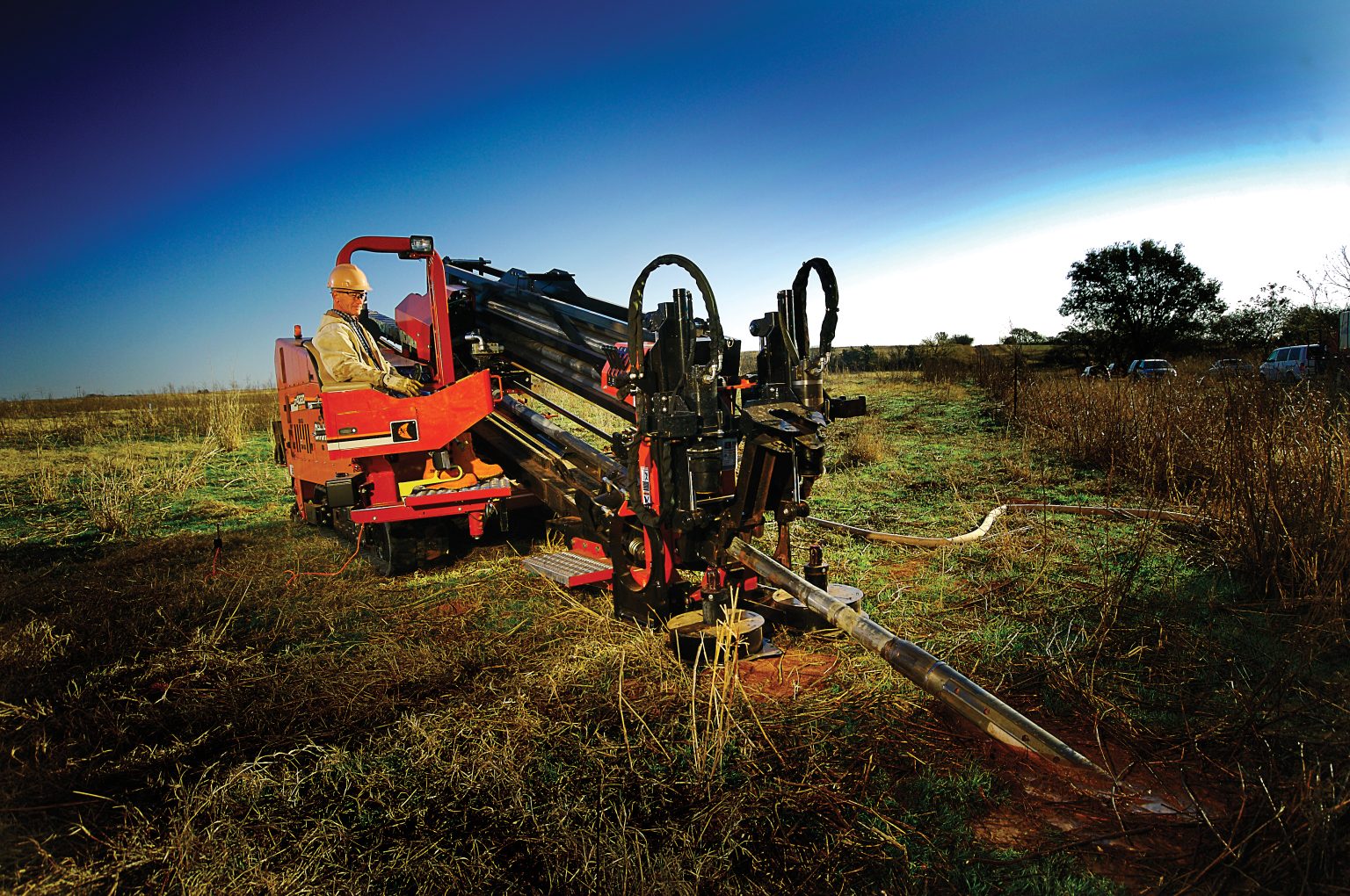
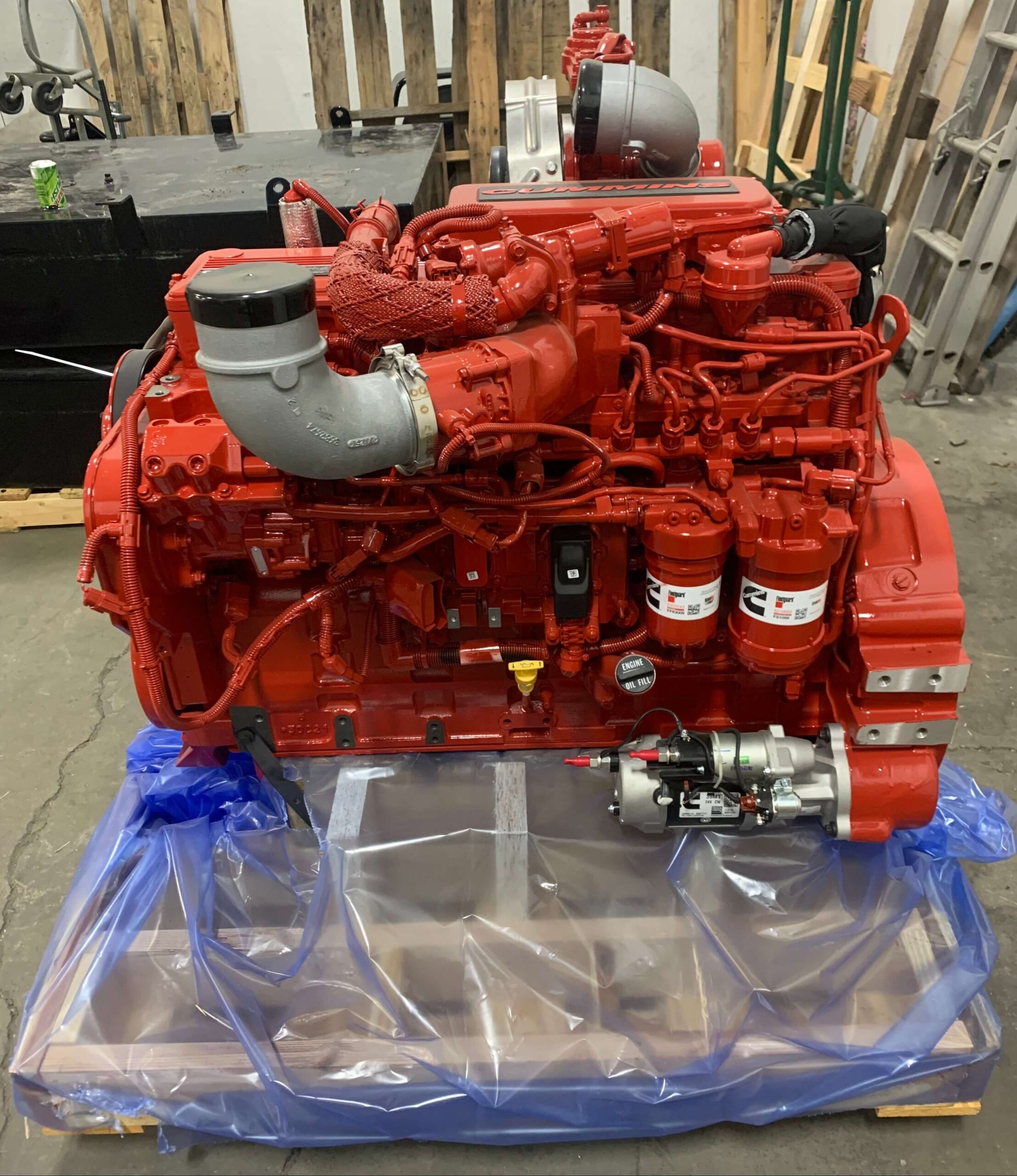




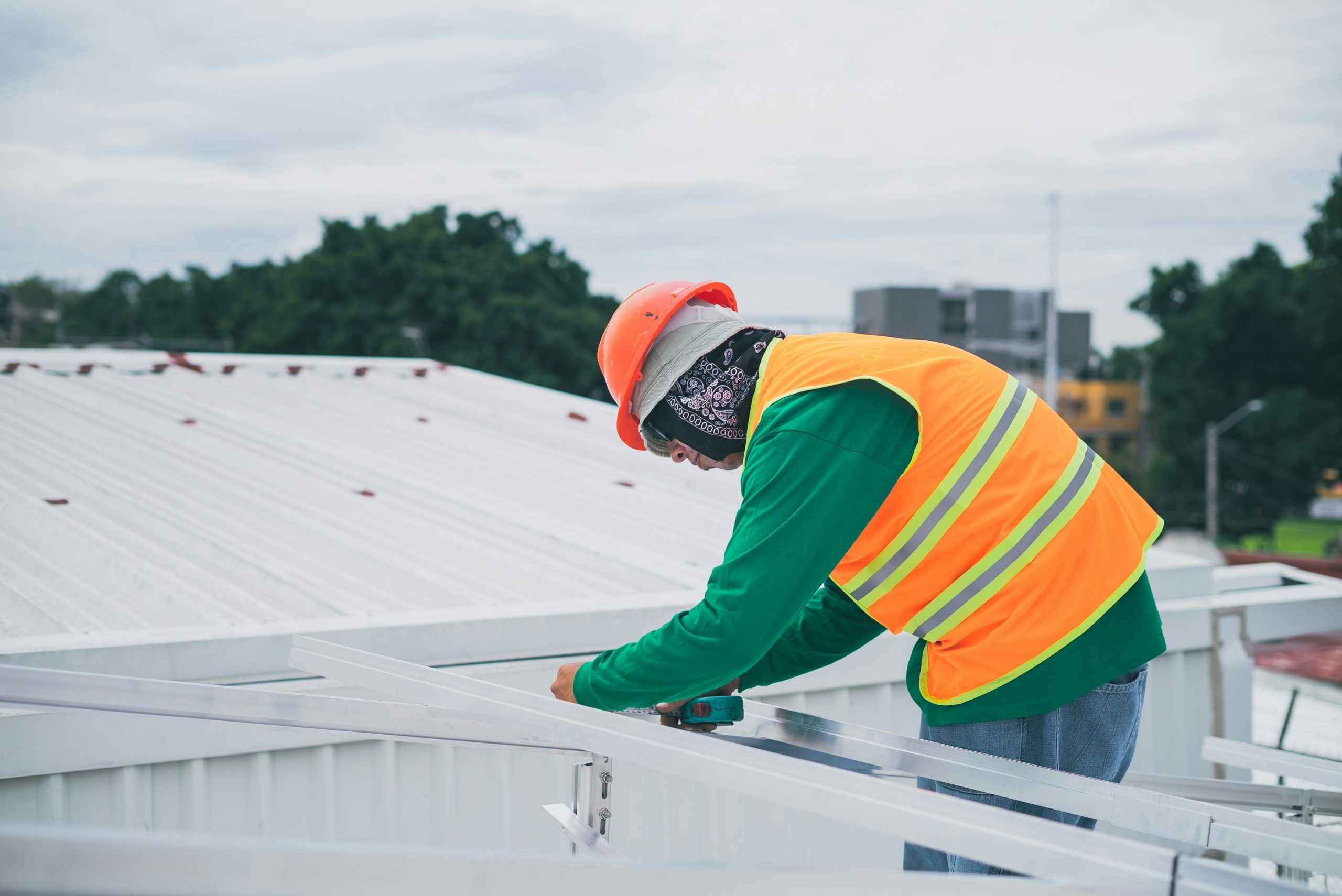
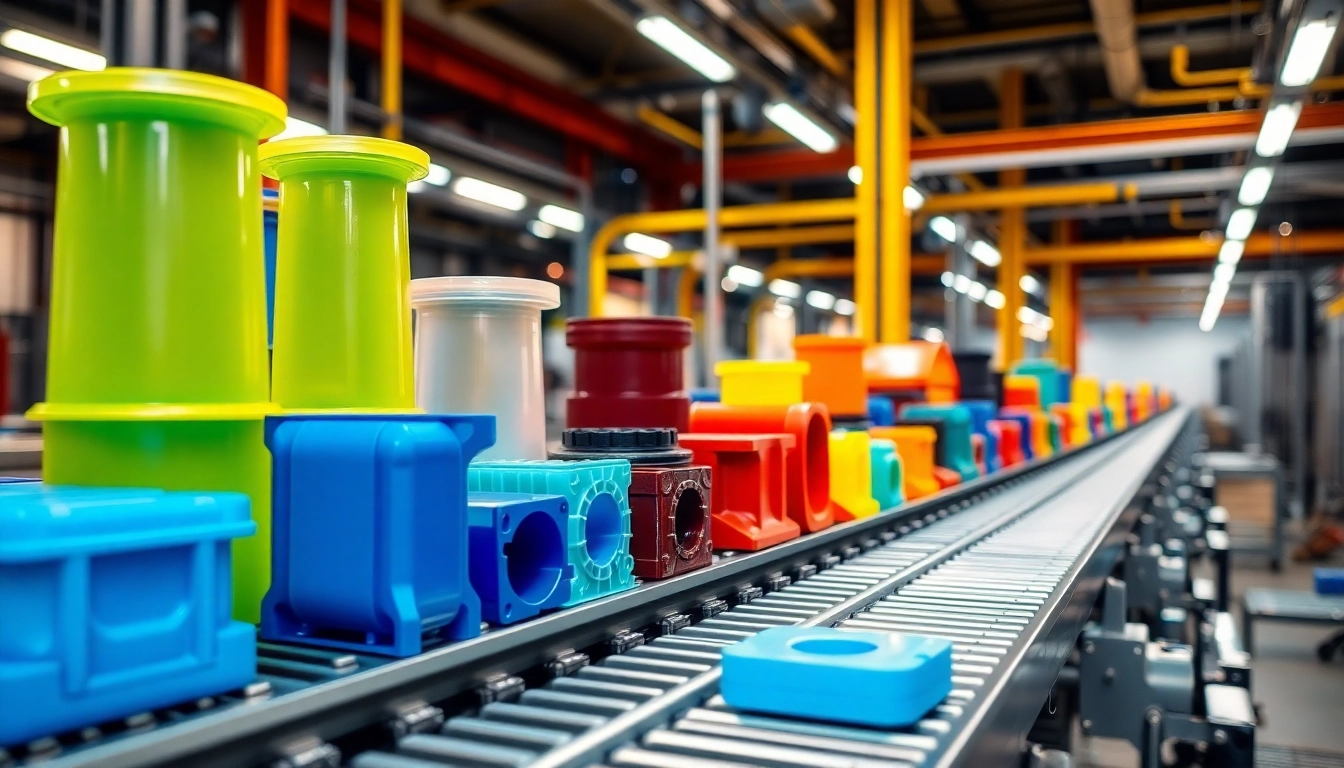




Leave a Reply